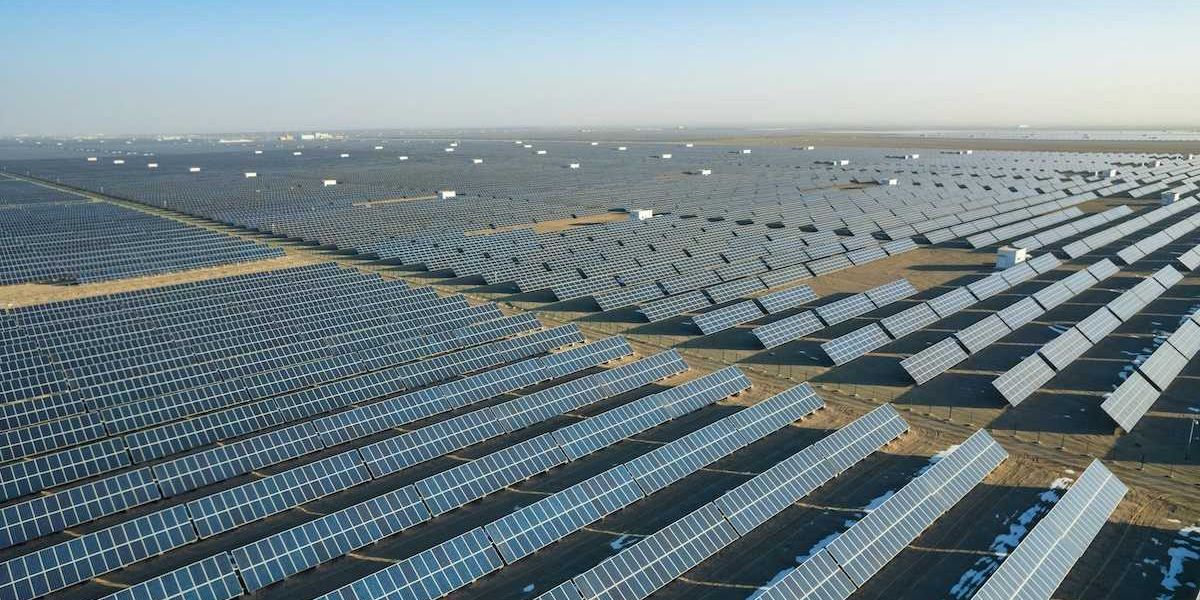Heat and pollution are combining to threaten public health as U.S. temperatures rise
As a massive heat dome scorches much of the U.S., scientists warn that extreme heat is increasingly intensifying air pollution, amplifying health risks for millions.
Claire Brown and Christina Kelso report for The New York Times.
In short:
- The combination of extreme heat and stagnant air is trapping pollutants close to the ground, increasing levels of harmful substances like ozone and particulate matter that affect heart and lung health.
- The Trump administration is rolling back environmental regulations, including emissions standards for power plants and vehicles, while halting research into how heat and pollution harm public health.
- Children, older adults, and people with respiratory conditions are particularly vulnerable, with hospitals seeing more admissions during days with both high heat and poor air quality.
Key quote:
“You have a mixture of natural and man-made sources often during wildfire events at levels that are really extraordinary.”
— Meredith McCormack, director of pulmonary and critical care at Johns Hopkins University
Why this matters:
As fossil fuel combustion and wildfires pump pollution into the atmosphere, high temperatures trap that pollution in place, leading to dangerously poor air quality. Ground-level ozone and PM 2.5, which spike during these conditions, can worsen asthma, damage the heart and lungs, and even trigger strokes. These effects fall hardest on the most vulnerable: kids, the elderly, and people with chronic conditions. But no one is exempt. At the same time, efforts to loosen emissions rules and scale back health research threaten to strip communities of the tools they need to protect themselves. As the climate warms, more Americans may find themselves unable to avoid the dangerous mix of heat and dirty air.
Read more: European heatwaves in 2023 led to nearly 50,000 deaths due to carbon pollution













